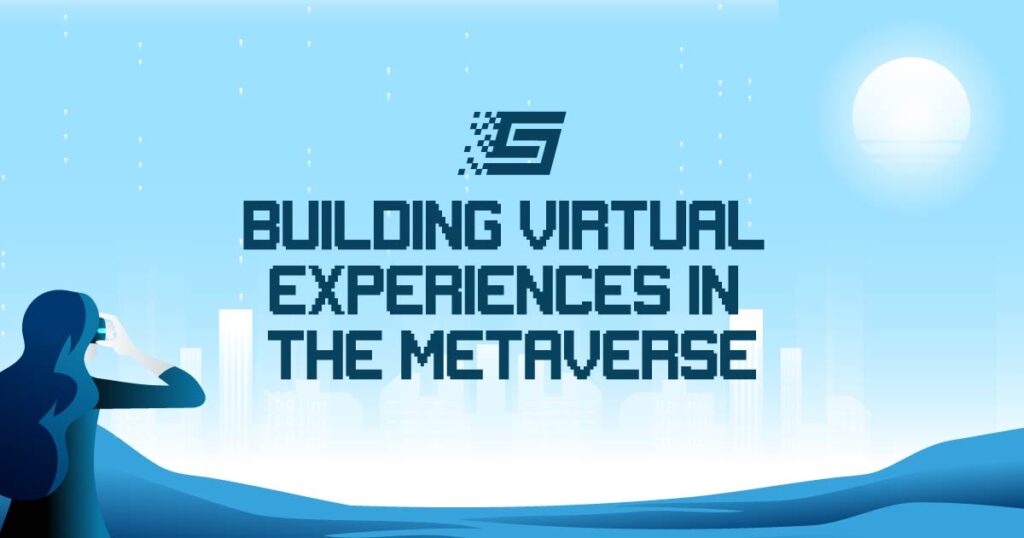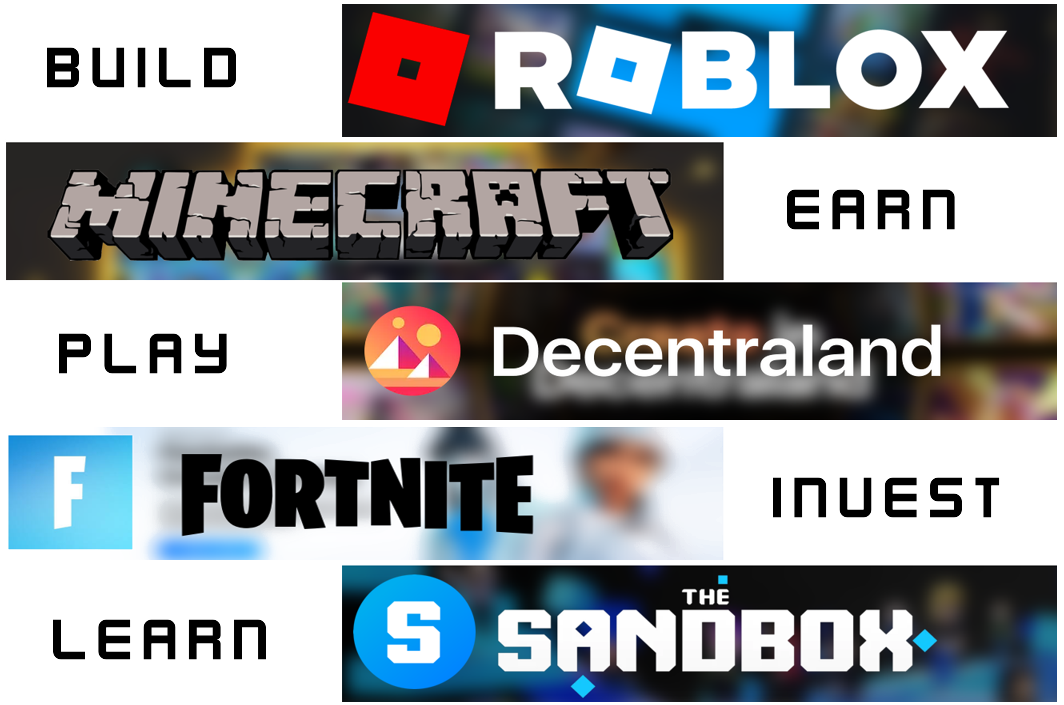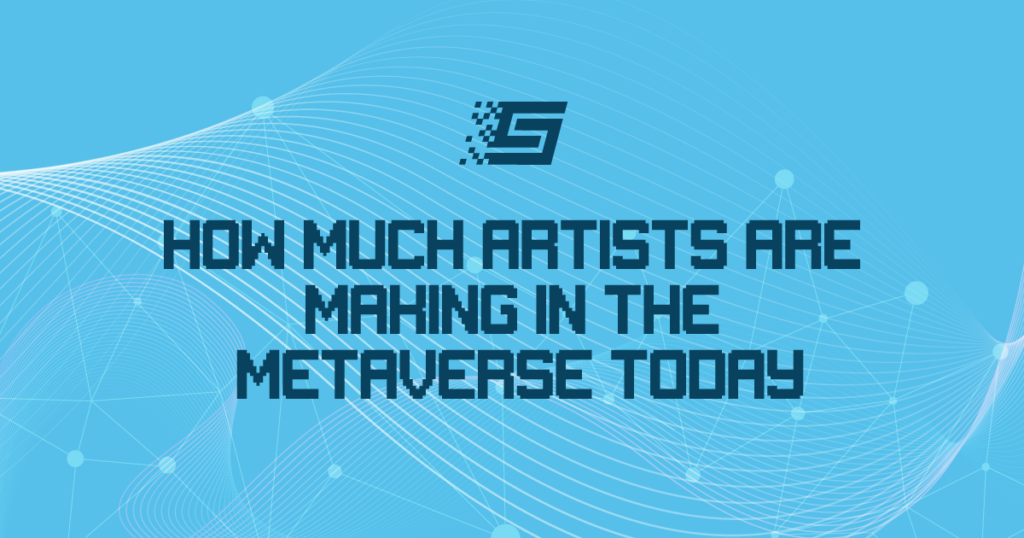
Building Virtual Experiences in the Metaverse
Virtual experiences from the metaverse have become popular in recent years. By delivering these experiences, the metaverse has captured the imagination of people worldwide.
The metaverse is one of the latest trends in digital technology globally. It’s a virtual world where users can interact with others. Unlike other forms of technology, the metaverse offers users an entirely enticing and interactive experience.
The metaverse has become the new frontier for creativity and innovation. This article will explore the metaverse concept and discuss what it takes to build virtual experiences.
What is the Metaverse?
The metaverse is a term used to describe a virtual world interconnected and accessible through the internet. It’s a shared, enticing space where users can interact with each other. Users can also create, explore digital content, and participate in virtual activities.
Developing the metaverse has been made possible by cutting-edge technology. These technologies include virtual reality (VR), augmented reality (AR), and artificial intelligence (AI). Developers use these tools to create virtual content for people to connect in a new way.
Why Build Virtual Experiences in the Metaverse?
Building virtual content in the metaverse is an excellent opportunity to reach a growing audience. As the metaverse continues to grow and evolve, more and more people are discovering its potential.
As a result, several players in critical industries have begun to develop virtual content using the metaverse. These players hope to improve communication and build brand awareness for their industries.
Additionally, virtual content can help improve customer experiences and create new economies. In light of its benefits, virtual content has significantly developed in the creative, entertainment, and business industries.
Building Virtual Experiences: Key Considerations
Creating virtual experiences in the metaverse requires consideration of several critical factors. These factors include the platform, the target audience, and the goals of the experience.
Platform
Virtual and augmented reality are two of the most popular platforms for building metaverses. Each platform has its unique strengths and limitations. Thus, choosing the right platform for your virtual experience is essential based on your goals and target audience.
Target Audience
Understanding your target audience is vital to building a successful virtual experience. Developers must consider the age, interests, and behaviors of their users. Additionally, they must accommodate their preferences for enticing experiences and technology.
Goals
The goals of your virtual experience will influence many aspects of its design and development. Your goals will affect the type of content, technology, and overall experience of your project. Therefore, defining your goals and ensuring they align with your target audience and the platform you choose is essential.
Building virtual experiences in the metaverse is an exciting opportunity to reach a growing audience with new and exciting digital content. Businesses and creatives can build virtual experiences that connect with users by considering these factors. Their projects will also deliver value and achieve previously set goals.
Tools For Building Virtual Experiences in the Metaverse
Building virtual experiences in the metaverse requires various tools. These tools are necessary for creating interactive, engaging, and enticing environments. You will need the following essential tools to create virtual experiences in the metaverse.
Game Engines
Unity and Unreal Engine are popular game engines widely used for building virtual experiences in the metaverse. They offer a range of features perfect for developing enticing environments.
These features include 3D graphics, physics simulation, and scripting capabilities. All of these features are also necessary for developers to create interactive environments.
3D Modeling Software
Metaverse environments are built using 3D modeling software to create virtual objects. Blender, Maya, and 3ds Max are the most popular 3D modeling tools for creating virtual experiences.
Virtual Reality Headsets
Virtual Reality (VR) Headsets are essential for creating exciting content. They allow users to enter an entirely new world and interact with it in a way. Examples of VR Headsets include HTC Vive, Oculus Quest, and PlayStation VR.
Content Management Systems
Content Management Systems (CMS) manage and organize the virtual experiences created in the metaverse. They provide a way for creators to manage and distribute their content. These systems make it easier for users to access and experience their virtual environments.
Social Media Platforms
Social media platforms like Facebook Horizon and Roblox provide a platform for building virtual experiences in the metaverse. These platforms offer a range of tools and services geared towards offering enticing and engaging environments.
These tools include social interaction, user management, and content distribution tools. Apart from enabling an enticing environment, these tools make it easier for creators to reach a broad audience.
How to Source Talent For Building Virtual Experiences
Setting a goal for developing the best content creators in the metaverse is good. However, such goals may only come true with access to the right talents. As a result, creatives and businesses must hire top talent to achieve their goals.
The Sandstorm platform is an excellent marketplace for scouting for the metaverse’s best developers and content creators. Using the platform, brands can select the best talents to create the best virtual experiences for their users.
On Sandstorm’s marketplace, there are over 2000 verified metaverse builders. The platform’s large volume of talents will allow brands to consider talents seamlessly fitting with their project.
Selecting an appropriate creator for your project becomes more accessible with the verification badge system for content creators. As a result, brands can evaluate the experience levels of each creator. It will also help determine content creators with the required expertise for their projects.
Conclusion
The metaverse is a rapidly evolving world transforming how people experience and interact with digital content. Building virtual experiences creates an opportunity to reach a growing audience with new and exciting digital content.
Businesses and creatives must consider the platform, target audience, and goals of their virtual experiences to build successful virtual experiences. With careful consideration and execution, the metaverse has the potential to be a new frontier for creativity, entertainment, and business success.


